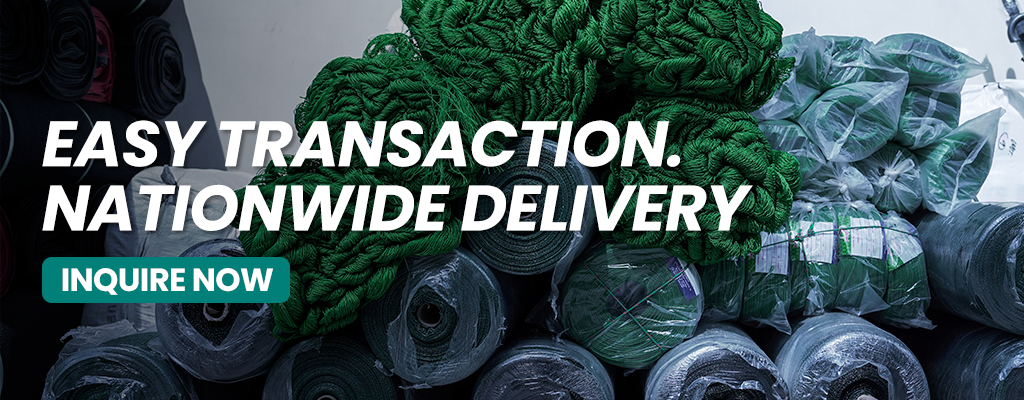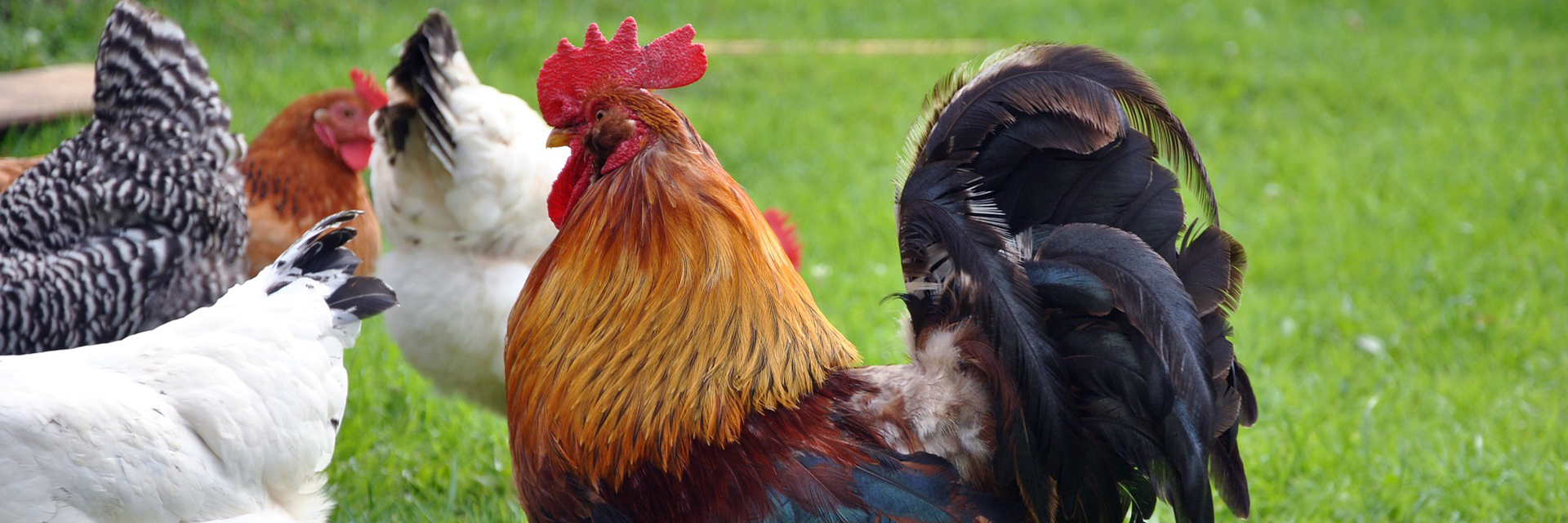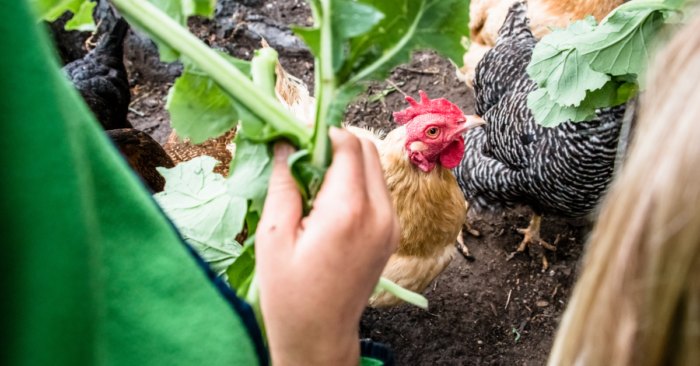Ano ang nauna… itlog o manok?
While we are yet to find the right answer to this age-old question, we at Philippine Ranging Nets are pretty sure we can give you some scientific facts about how to raise free-range manok! However, for many, the big question is not so much as how to do it but why.
According to the Philippine Information Agency (PIA), free-range chickens are the safer and healthier alternative compared to those farmed commercial ones as they are raised mainly outdoors and free to roam or forage for food as they should in the first place. This variety offers so many benefits that the country’s Department of Agriculture has encouraged breeders to practice back to basics free-range chicken raising for more meat and eggs from hens.
Paano ba mag-alaga ng free-range manok?
If you are planning to shift to free-range chicken production, here are some useful tips that can get you started in no time so you can enjoy some cash flow quickly!
Easy technology


Hindi magastos ang pagpapalaki ng free range na manok.
And that’s a fact! Free-range chicken production mostly utilizes organic farming systems that practically anyone in the household can do. All you need is a wide enough area around the house with good soil, grass, and leaves and let the chickens do all the work by eating insects, grains, and organic feeds. Make sure though that you have available clean water for them at all times.
In one of the Agriculture Training institute’s seminars, attending breeders discovered from Ifugao farmers that all it takes is basic free range knowledge to start a chicken production business. This requires minimal technologies for housing, free-range areas, lighting, laying, feeding, egg care, vaccination, and recording among others– most of which you can prepare in your own backyard.
In protecting your chickens from other wild animals and disease-carrying mosquitoes, free range nets are essential to keep them healthy and prevent you from paying for medicines or doing more work than what’s necessary.


Ang iba’t-ibang klase ng free range nets ay nagbibigay ng tamang proteksyon at silong para sa mga manok mula sa mga sisiw hanggang sa inahin.
Surely enough, you’ll need some free range nets from when your chicks are a month old until they grow full size.
Other technologies you’ll want your free range chicks to have are immunizations from New Castle Disease (NCD) and Fowl Pox, as well as getting them dewormed every 45 days.
Fast productions


Sa loob ng isa’t-kalahating buwan, pwede ng ibenta ang manok na free range sa merkado.
That’s how fast you can earn when you shift to free-range chicken production. As for eggs, hens can produce them when they reach around four months in age from which they can start laying for the entire year. To say the least, it’s just like how Jack stumbled upon a golden egg-laying hen when he went up the beanstalk!
However, you should expect slower egg production during the cold months as hens’ fertility drops in lower temperatures because they use more of their energies in keeping themselves warm. Proper lighting can help make the production faster. During the rainy season, make sure they get around 14 hours of light from a low-light LED bulb or 4-watt night light each day.
To help your eggs lay eggs faster, make sure their housings and free-range areas are clean and fenced with free-range nets of about six feet in height along the perimeters for restricted access. Keep the areas properly disinfected even though you’ve already given your chickens the necessary flu shots and vaccines and make a roof out of coconut leaves, tarpaulin, or shading nets for proper light and warmth.
Best breeds for free-ranging


Maraming klase ng manok ang pwede alagaan sa free range production.
The PIA also identified five chicken breeds that are perfect for free-range production. These are Austrolop, Rhode Island Red, Light Sussex, Blue Isbar, and Plymouth Rock. However, free-range chickens are not limited to these five as there are also crossbreeds like Sasso Brown Chicken, Asil Chicken, Naked Chicken, and Black Cemari Turken which you can also raise.
What will you need for a more efficient brooding process? All it takes are heaters, mats with rice hulls, low-light bulbs or LED lights, and a brooder pen. Egg-laying hens should be properly fed with layer feeds after two months to help them produce, while beddings for laying should also be cleaned and replaced every two months. Healthier and heavier hens produce better quality eggs so make sure you feed them with quality feeds to get jumbo-sized eggs of about 66 grams and above.
Start free-ranging now!


Una lagi ang pag set-up ng free range na bakuran.
While we weren’t able to answer the chicken or the egg question, we can definitely say that the first thing that you should do when shifting to free-range chicken production is setting up a good area and housing for your manoks!
We at Philippine Range Nets proudly offer Pinoy-made and affordable products that are perfect and durable for long periods of time.




